A deep dive on Michter’s: tasting six bottlings, and a (very) brief history
Get a look at some very in demand whiskeys.
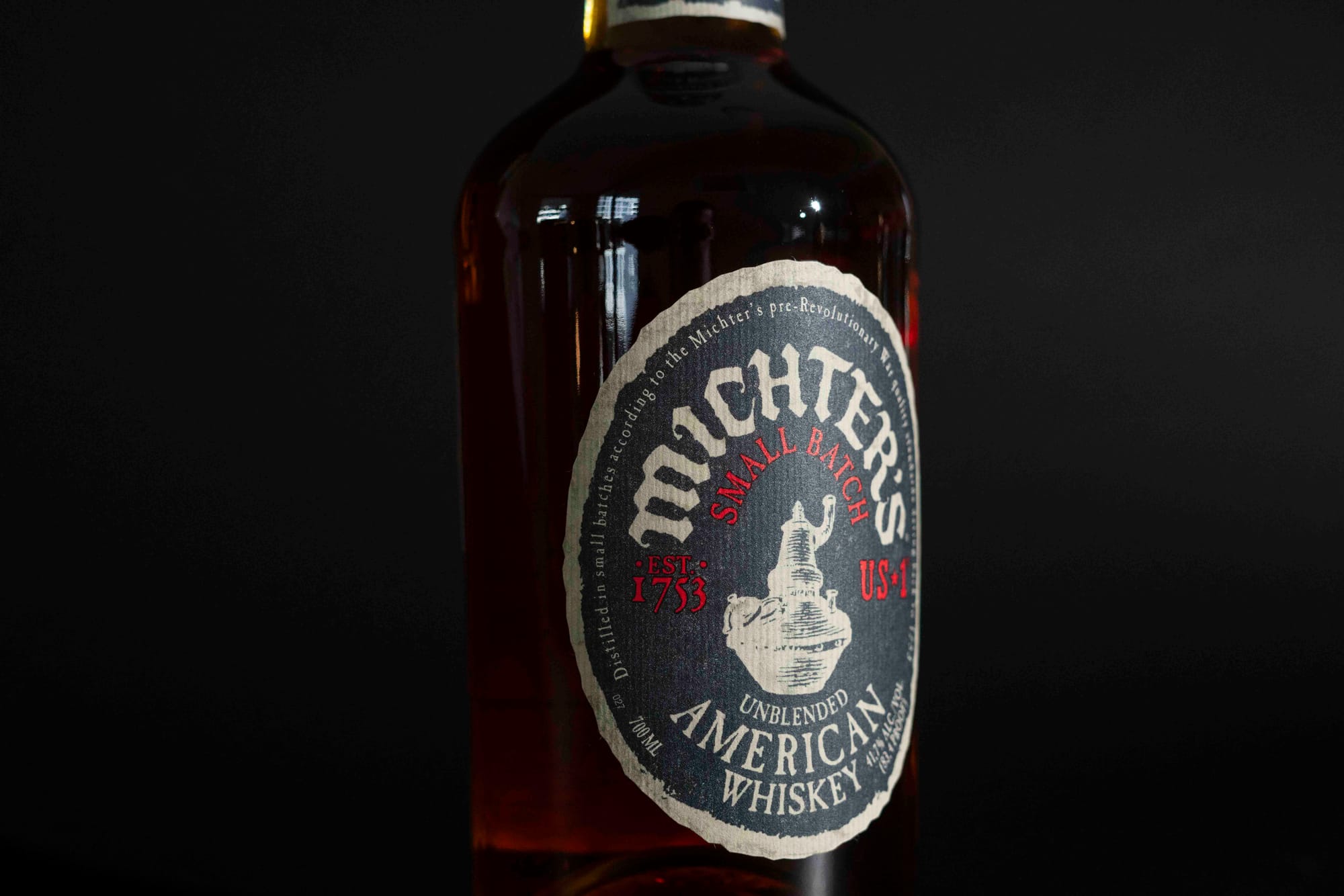
Welcome to the Boothby Product Dive, an in-depth look at one brand of note. Whilst Michter’s and Spirits Platform sponsor this story, the editorial is Boothby’s own. You can learn more about Michter’s and get your hands on it through your Spirits Platform representative.
Australia is a country of bourbon fans — it’s just that a lot of that is drunk with cola.
“Australians consume pretty much more bourbon per capita than anyone in the world,” says Tom Price, former bartender and key account specialist for Michter’s in Australia. “But most of it’s in poor quality whiskey. And that’s what Michter’s is trying to change.”
It’s fair to say that Michter’s has been a hit with bartenders since it landed in Australia in 2014, and it has grown in popularity as the demand for quality bourbon has grown over the last decade — becoming a regular fixture on TV shows like Billions didn’t hurt the brand’s visibility, either.
Not that most bartenders will be drinking what the fictional traders drink on the show, the Michter’s Celebration Sour Mash (which will set you back north of $15,000 if you can find it). You’re more likely to see the Michter’s US*1 range on the back bar, says Tom.
“We’ve got the US*1 range, which is the core range you’ll see on any bar. It’s always available,” he says.
It’s also pound for pound some very good drinking. And whilst some older bottlings of Michter’s was spirit sourced from other distilleries, that has changed since their distillery in Shively, Kentucky first began filling barrels in 2015.
“The current US1 range is all our own production,” Tom says, “it’s all our own spirit.”
Below, we dive into a brief history of the brand, and step through six bottles from the Michter’s range of whiskeys.
A (brief) history of Michter’s
The Michter’s brand traces its roots back to 1753, Schaefferstown, Pennsylvania. Over the time the distillery at the site would be acquired by Abraham Bomberger, and known as Bomberger’s Distillery. In the 1950s, Louis Forman would acquire the distillery, and it’s in this period that the first Michter’s-labelled whiskey is produced under master distiller Charles Everett Beam.
Where does the name Michter’s come from? “Louis Foreman, the former owner of the distillery in the 1950s, had two sons, Michael and Peter, put their names together and spellcheck wasn’t around back then,” says Tom.
The distillery would later become known as Michter’s Distillery, before the brand ceased operations on Valentine’s Day in 1990.
The trademark to Michter’s was acquired by Joe Magliocco in 1996 for $245USD, and in the 2000s the brand was reborn and relocated to Kentucky from Pennsylvania.
The Shively distillery began producing Michter’s in 2015.
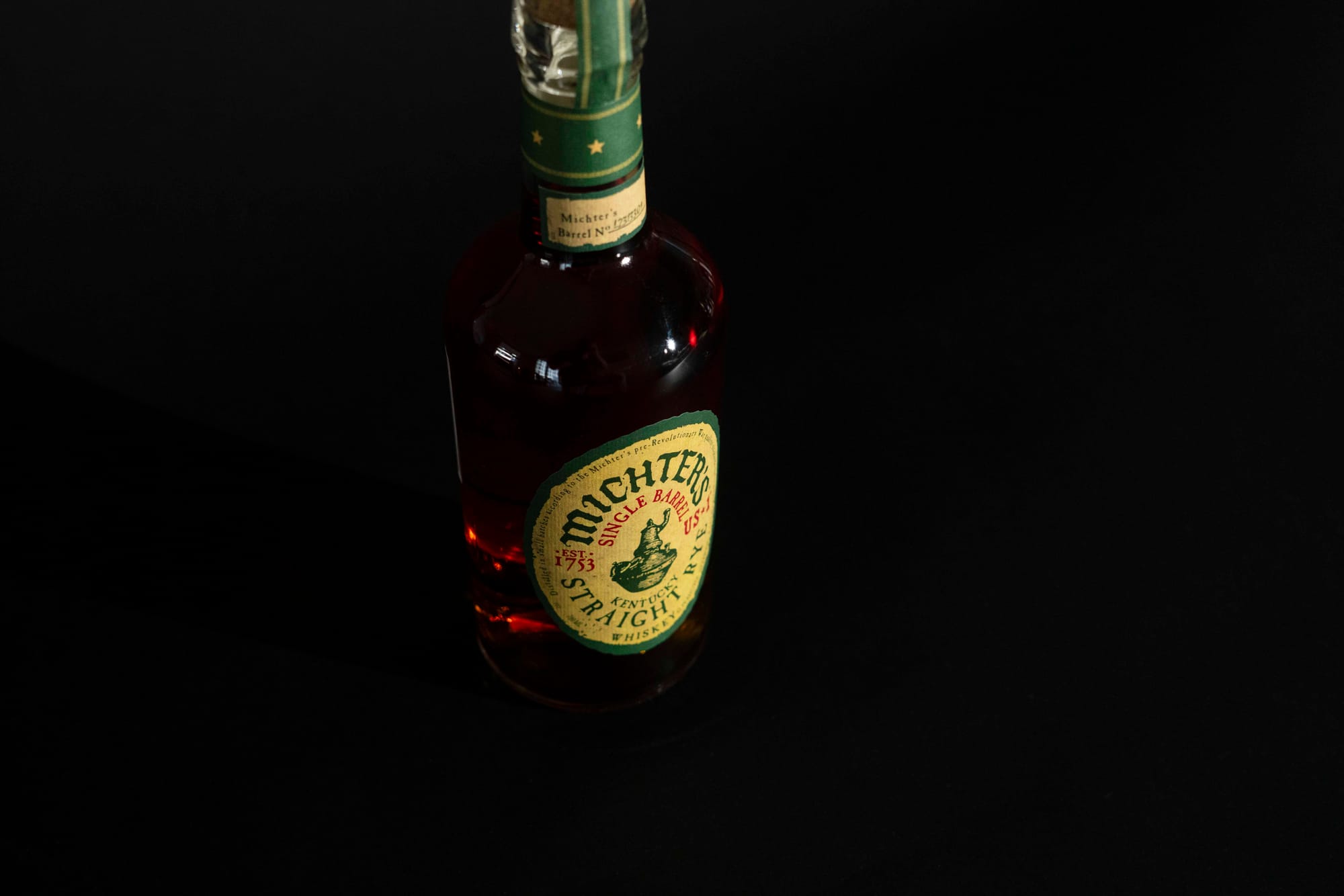
Michter’s US*1 Single Barrel Kentucky Straight Rye Whiskey
Why is it called the US*1 range?
“The reason it’s called US*1, is that we use USDA grade one grains, as opposed to brewing grains or lower quality grains,” Tom says.
The rye whiskey in the Michter’s lineup is a go-to for many bartenders (and this here booze writer).
“We produce a Kentucky-style rye,” Tom says, “with a lower rye percentage than an Indiana-style rye. We meet the minimum requirements, but we don’t want to go much above it because we think that rye spice can overpower the rest of the whiskey,” he says.
“We love the sweetness of corn to play really well with the spice of the rye.
“It’s not just white pepper and heat. It’s herbaceous. It’s got all that kind of lovely kind of body that you can get from a rye without necessarily overpowering it.”
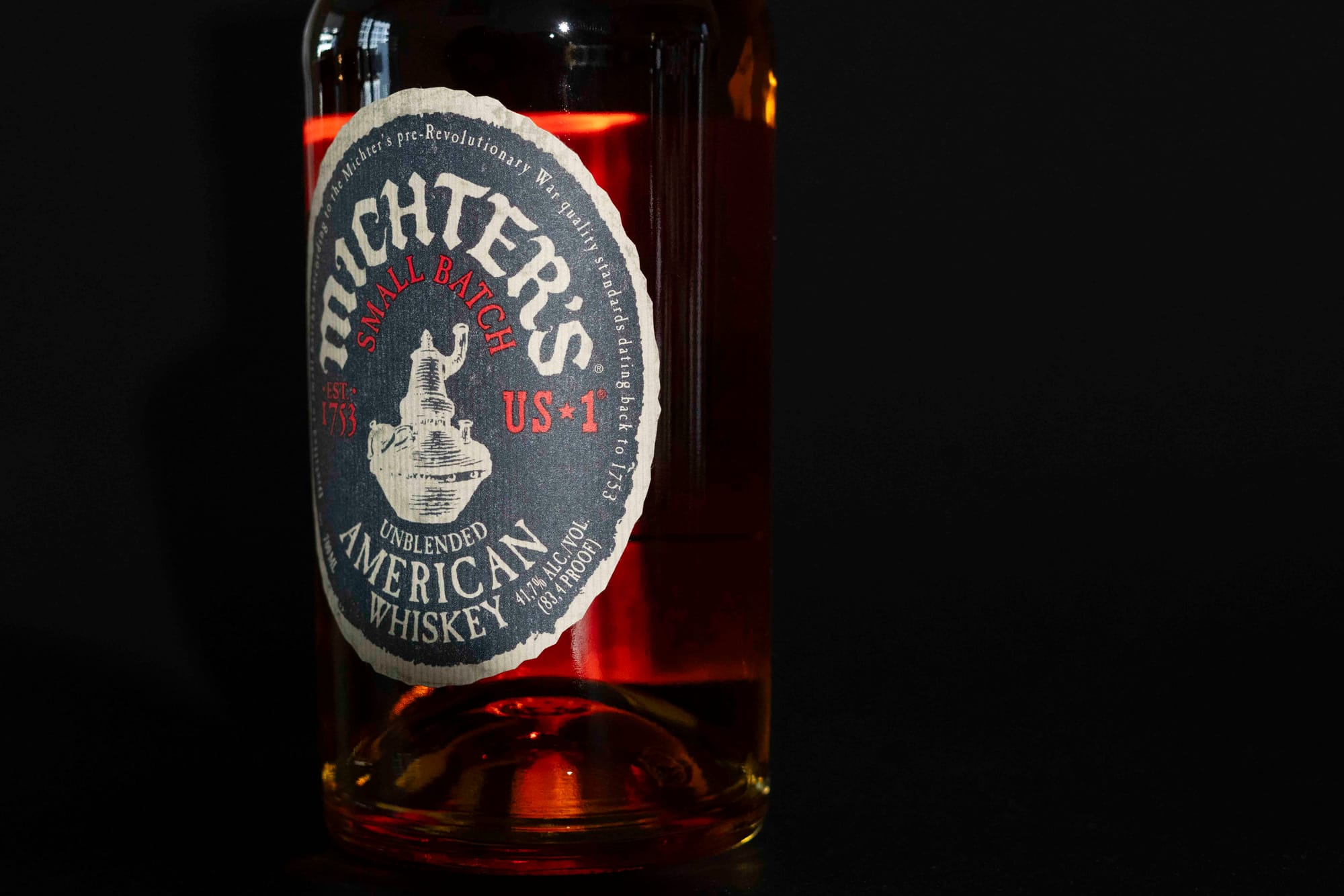
Michter’s US*1 Small Batch Unblended American Whiskey
“This is essentially, for all intents and purposes, a bourbon,” Tom says, “except for the fact that its maturation occurs in virgin American oak and second-fill American oak.” It’s not labelled as bourbon, because — say it with us now — bourbon must be aged for two years in new charred oak barrels.
“It also can be used as a dessert whiskey,” he says. “They sometimes use it as the last whiskey for the tasting. But I think for me, it’s worth starting with because it shows the influence of second-fill oak barrels.”
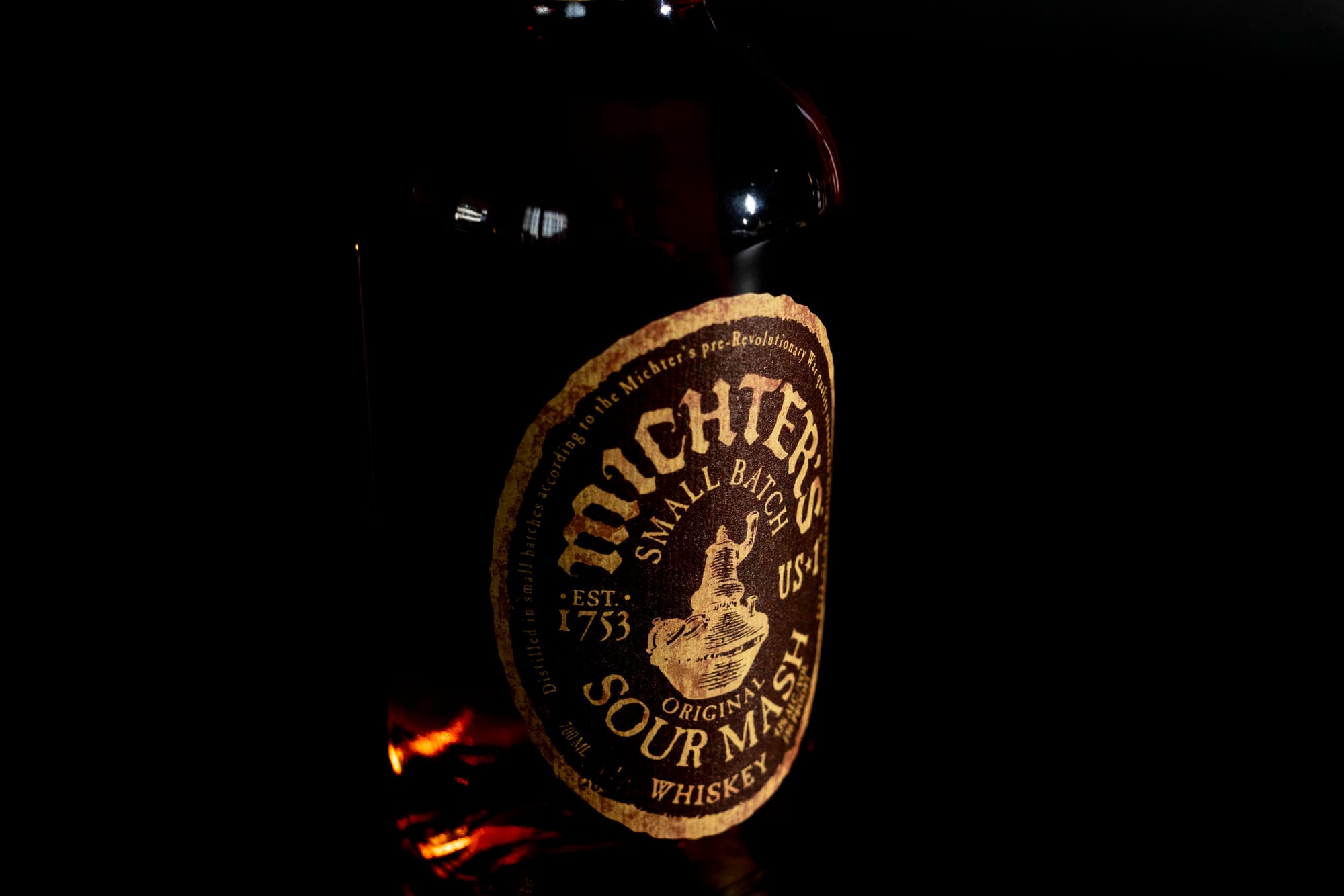
Michter’s US*1 Small Batch Original Sour Mash Whiskey
As Tom notes in our conversation, “this is the most complicated one to explain.” Good thing I was taking notes, then.
The sour mash process is primarily used for making bourbon and rye whiskey, he explains. “You have to cook the grains in water to get them to release the dissolvable sugars,” Tom says.
You need sugars, of course, for the yeasts to ferment into alcohol.
“And then you have to add the malted barley to actually help kickstart the fermentation process,” he says. “And rye grain takes forever to ferment — it’s just a pain of a grain.
There are a few issues that distillers come across when managing fermentation, Tom says. Bacteria can spoil the ferment, fermentations can be inconsistent, and the flavour can be a little lacking.
“To fix these issues distillers worked out that if they took a percentage of the residue from a previous distillation which is high in acid, and used it to kick start the nest batch of fermentation — think of sourdough — they would mitigate these issues,” he says.
“Almost all bourbon whiskies go through this sour mashing process.
“So we decided to make a mashbill that’s kind of high in rye, high in malted barley, and got a backbone of corn, but none of the grains meet the 51 percent required to be labelled as rye or bourbon. We want the grains to actually work together. So they’re all in harmony. Nothing’s outshining each other. You don’t have the corn being too dominant, you don’t have the rye being too spicy, and you’ve actually got this good amount of malted barley in there to give you palate weight.”
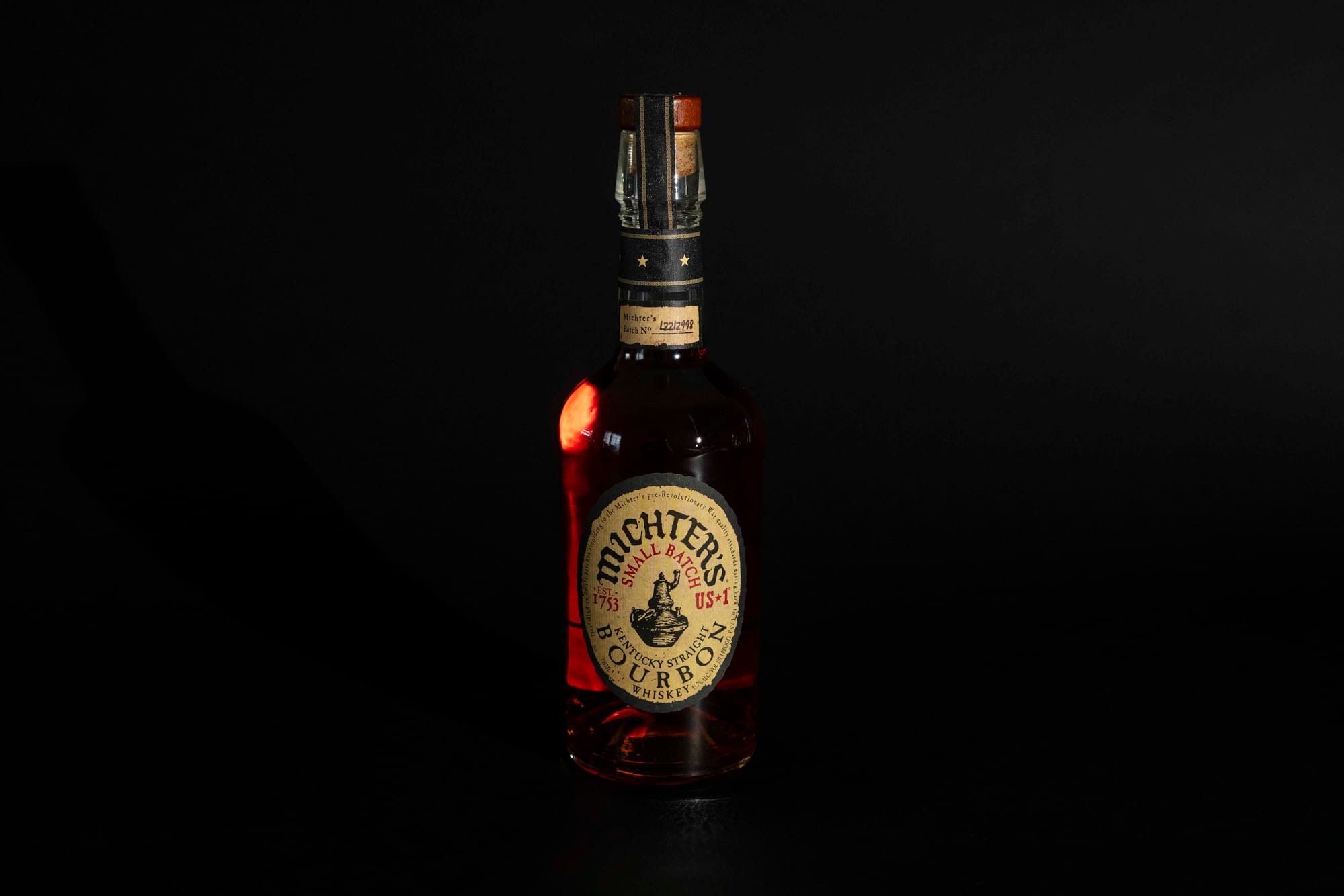
Michter’s US*1 Small Batch Kentucky Straight Bourbon Whiskey
It’s bourbon time.
“Michter’s US*1 Bourbon meets and, in many cases, exceeds all the requirements to be a bourbon,” Tom says. “It’s at least 51 percent corn, aged for much longer than the four years and one day to list ‘Kentucky straight’.
“It’s got a corn-heavy mashbill, and is aged in open air seasoned barrels that are being seasoned for minimum of 18 months, up to 60 months.”
“We do not disclose the exact mashbills,” Tom says, despite my attempts at prying the information from him. “It would still be a dominant corn, there is rye and malted barley in there as well.”
This open air seasoning process is one of the hallmarks of the Michter’s ageing process, so I also ask Tom what the point of it is — is it just marketing faff?
“The idea of open air seasoning is that you strip out the astringency, the sappy characteristics from the wood, that are left in those bigger whiskies,” says Tom. “Most distilleries will just kiln and dry their oak these days, or they’ll season it for six months. But the thing is, essentially, the longer you leave it, the more you’re removing those really intense, overly astringent characteristics. You use the sun and use the rain to kind of strip out those really kind of heavier characteristics in the oak. It means you don’t get left with that Kentucky slap, which is that really tannic, jawline gripping mouthfeel.”
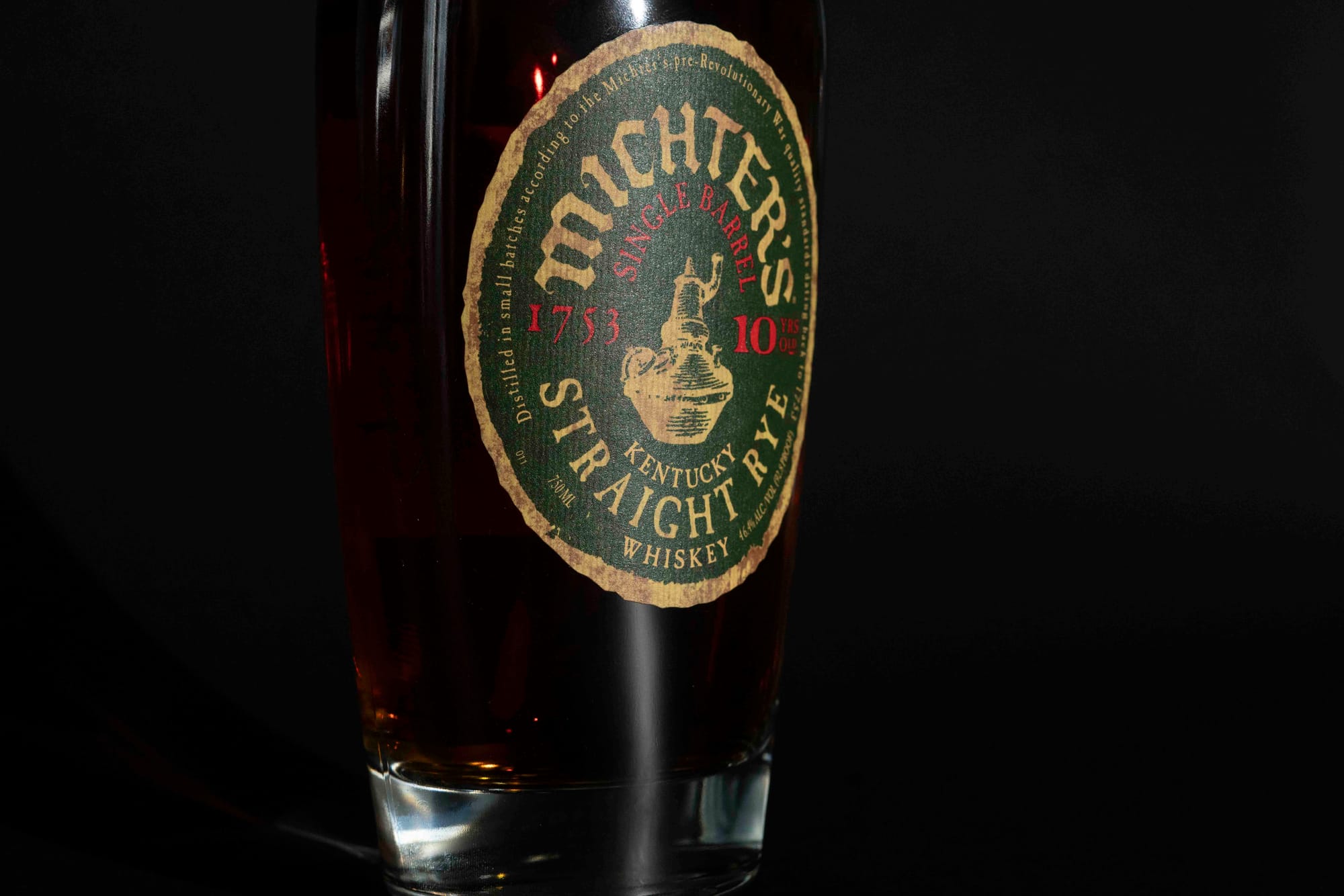
Michter’s 10 Years Old Single Barrel Kentucky Straight Rye Whiskey
We’re in limited release territory now — the age statement whiskeys, which are quite sought after — and these are the 2024 releases coming out next month.
“One of the lesser known facts,” Tom says, “is that all Michter’s bottles actually have the year of bottling on them, and people do track that sort of stuff. There is a code to it; There is a code to it; 1 letter and then the two digits after are the year of bottling, and then there’s batch details.”
“You can taste that similar mashbill in the US*1 Rye,” Tom says. “Then the sweetness of the corn kind of drops away and develops into that more kind of like chewy characteristic of older whiskeys, older bourbons, but then that dry spiciness, tannin, the length draws it out even further.”
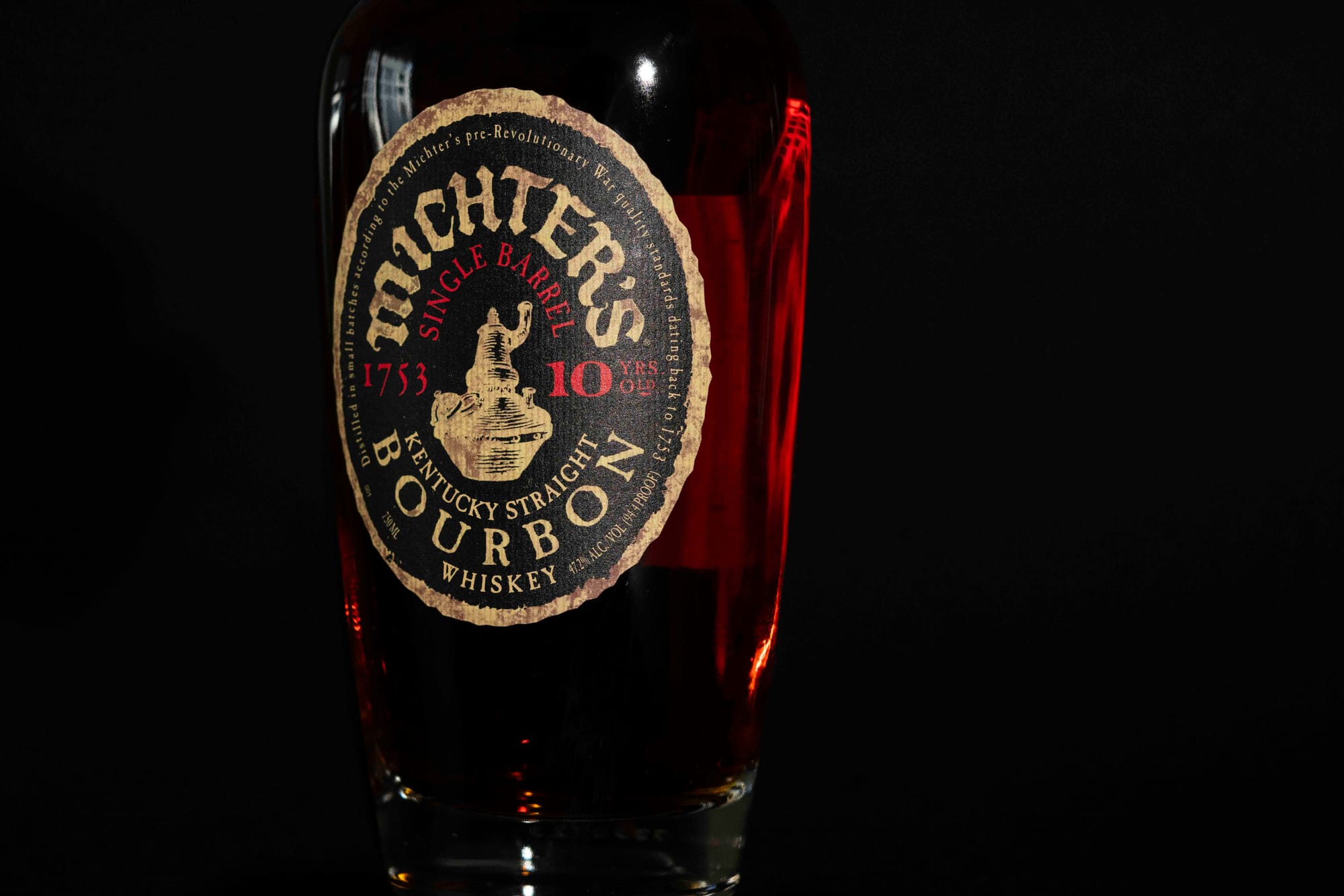
Michter’s 10 Years Old Single Barrel Kentucky Straight Bourbon Whiskey
“Each 10 year old batch will be slightly different because it is single barrel,” Tom says, “but we aim to a consistent flavour profile. That also means that each of those batches is chill filtered through its own specific recipe of filtration so that we’re not destroying the practicality of the whiskey.
It’s a whiskey that shows of the complexity you get from maturation in wood, without becoming overaged and all about the barrel.
“It’s just showing what happens when you let a whiskey sit in oak a little bit longer. It’s complex and layered. There are more developed characteristics of oak influence, but also again, because of that open air seasoning, not as astringent.”
Part of the maturation process which distinguishes Michter’s from other distilleries is the proof at which spirit is put into barrels — they go into the barrel at one of the lowest proofs. That makes it a more expensive process — when you age with a higher ABV spirit you should end up with more whiskey to water down to bottling strength. For Michter’s, that much of that water you’d add to to bottle is already in the barrel.
“The industry standard is 62.5 percent,” says Tom, “that’s the highest ABV you can enter the barrel at, and most distilleries do it because it’s the cheapest. We go onto the barrel at 51.5 percent, 11 percent lower. All these water soluble oils are locked away in the spirit, and if you lower the ABV they interact better with the oak. We’re preparing the spirit to extract more flavour from the oak. Adding the water helps us draw out the fatty oils that are present in the distillate.”
You can try these whiskeys for yourself now — contact your local Spirits Platform representative for more information.

